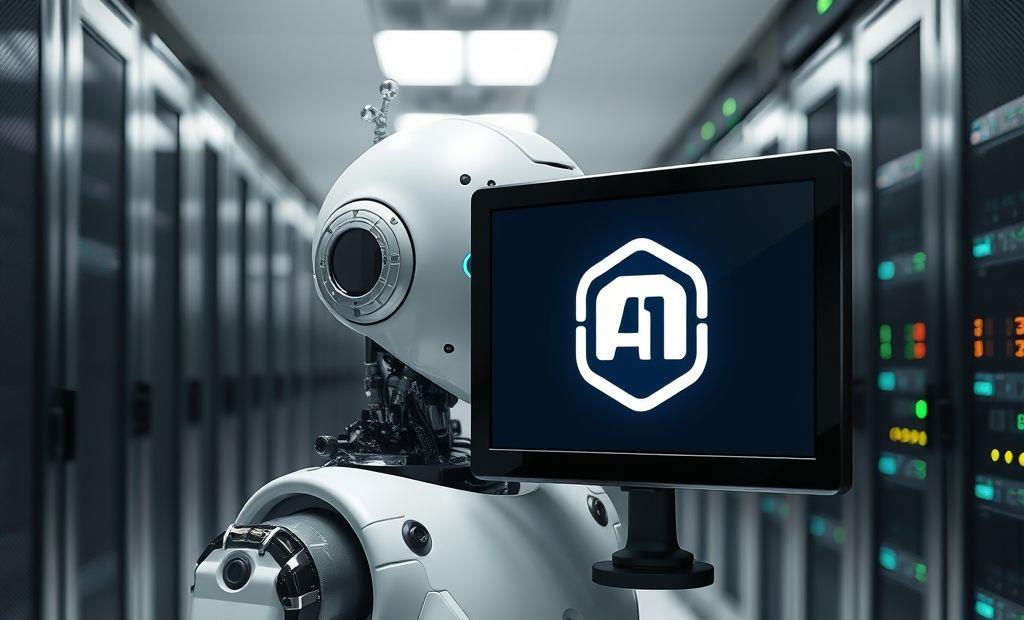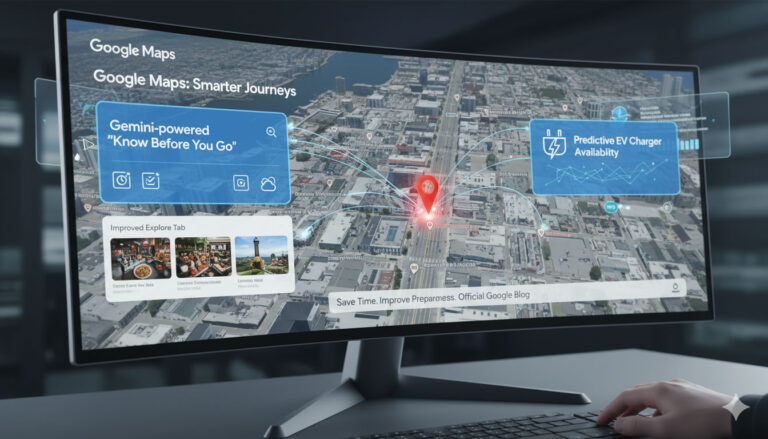OpenAI Rolls Out Deny By Default Security

OpenAI Enhances Security Measures for Data Protection OpenAI is taking significant steps to bolster its security infrastructure, aiming to protect its systems and data from...
⏱️ Estimated reading time: 3 min
Latest News
OpenAI Enhances Security Measures for Data Protection
OpenAI is taking significant steps to bolster its security infrastructure, aiming to protect its systems and data from unauthorized access and potential breaches. These enhanced measures reflect the increasing importance of data security in the field of artificial intelligence, especially as models become more sophisticated and integrated into various applications.
Focus on Data Protection
First, OpenAI uses regular security audits and compliance checks as a core part of its security strategy. Specifically, both internal teams and third-party experts evaluate current controls and pinpoint areas for improvement . Moreover, the company maintains compliance with industry standards like SOC 2 Type II, GDPR, and CCPA, which reinforces its security posture community.hpe.com. Consequently, these rigorous reviews help OpenAI detect vulnerabilities early and adapt to evolving regulations.
Access Control and Authentication
First, OpenAI emphasizes access control and strong authentication to safeguard its systems. Specifically, it mandates multi-factor authentication MFA for all users before accessing critical data or systems. This requirement significantly reduces the risk of unauthorized access even if one factor is compromised .
Next, OpenAI uses role-based access control RBAC. Roles map directly to job functions, and each user gets only the minimal permissions needed for their duties. This ensures that compromised accounts have limited power .
Moreover, the principle of least privilege guides all access decisions. It limits permissions to the bare minimum needed to perform tasks .
Additionally, OpenAI implements access reviews and audits. Teams routinely check and remove outdated permissions to maintain compliance and security .
Together, these measures strengthen OpenAI’s security by reducing attack vectors. They also support compliance with industry standards and boost resilience against threats.

Threat Detection and Monitoring
To proactively identify and respond to potential security threats, OpenAI is deploying advanced threat detection and monitoring systems. These systems use machine learning algorithms to analyze network traffic, system logs, and user behavior, identifying anomalous patterns that may indicate malicious activity. Real-time alerts notify security teams of potential incidents, enabling them to respond quickly and mitigate any damage. Effective threat detection strategies are vital in today’s cybersecurity landscape, as discussed in recent cybersecurity reports.
Security Audits and Compliance
First, regular security audits and compliance checks form the backbone of OpenAI’s security strategy. Specifically, these audits conducted by both internal teams and external third-party experts assess the effectiveness of existing security controls and spot areas needing improvement . Moreover, OpenAI adheres to industry standards and regulatory frameworks, including SOC 2 Type II, GDPR, and CCPA, ensuring its security posture remains both robust and compliant . Consequently, this rigorous approach helps OpenAI stay ahead of evolving threats and regulatory demands, reinforcing its credibility in AI security.
Employee Training and Awareness
Recognizing that human error causes up to 95% of cybersecurity breaches, OpenAI is therefore investing in comprehensive employee training and awareness programs. Specifically, these sessions educate staff on phishing scams, social engineering tactics, and other cybersecurity threats empowering them to detect and avoid risks effectively . Moreover, OpenAI fosters a security-first culture that encourages proactive reporting and continuous learning. Ultimately, this approach helps strengthen its overall security posture and reduce vulnerabilities caused by human factors.
Incident Response Plan
First, OpenAI maintains a well-defined incident response plan to quickly contain security incidents. Specifically, the plan outlines steps to minimize damage and restore operations promptly. Moreover, the team conducts regular testing and simulations, such as tabletop exercises and breach-and-attack drills, to ensure readiness. As a result, these proactive measures help the security teams respond effectively to real-world incidents and continuously improve the plan.
Related Posts
Bluesky Enhances Moderation for Transparency, Better Tracking
Bluesky Updates Moderation Policies for Enhanced Transparency Bluesky, the decentralized social network aiming to compete...
December 11, 2025

Google Maps: Gemini Tips, EV Charger Predictions & More!
Google Maps Gets Smarter: Gemini Tips & EV Updates Google Maps is enhancing user experience...
December 9, 2025

US, UK, Australia Sanction Russian Web Host
Crackdown on Russian ‘Bulletproof’ Web Host The United States, United Kingdom, and Australia have jointly...
December 6, 2025











Leave a Reply